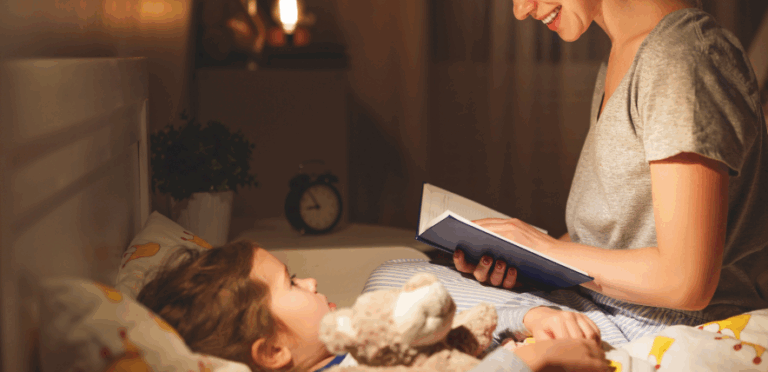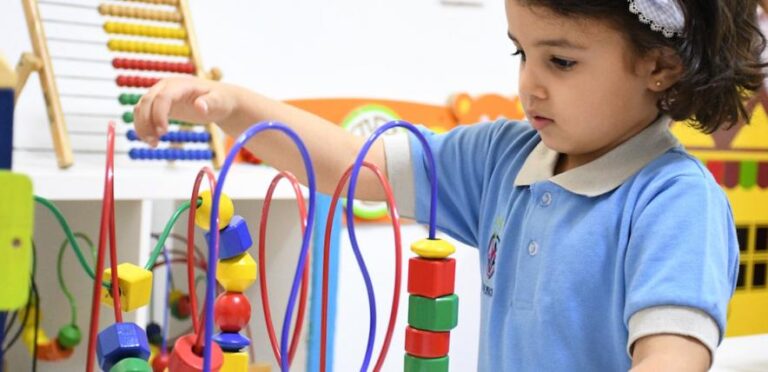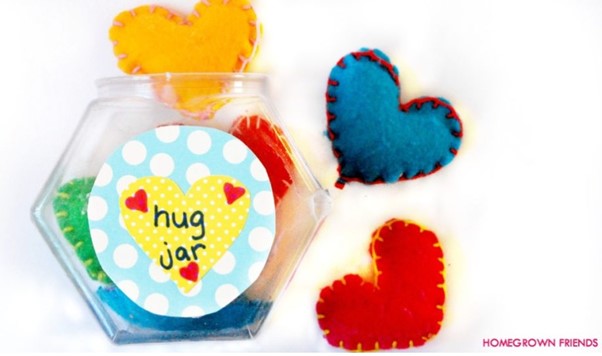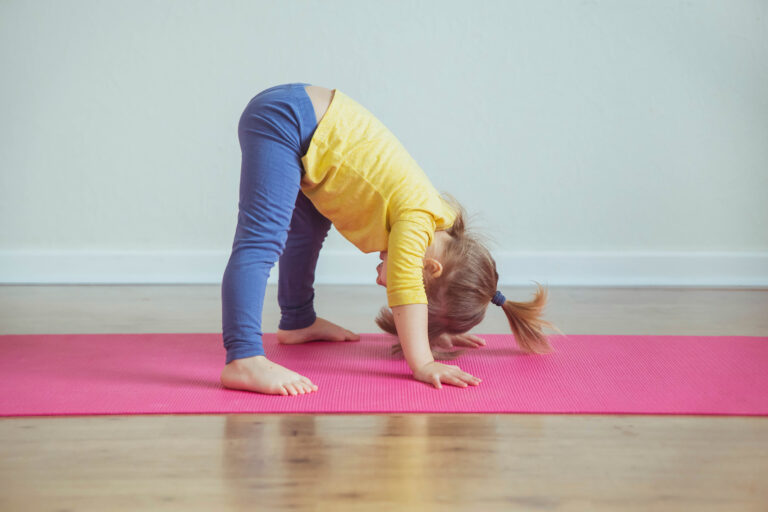We all know how important a good night’s sleep is – both for us and our little one. Once your child is old enough to sleep in a bed rather than a cot, you will probably be thinking about moving them into their own room, however, getting a young child used to settling down in their own bedroom every night can be difficult.
In this blog, we will explore methods and tips to help your child develop healthy sleep habits and feel confident sleeping in their new bed and room.
Create a calm and inviting sleep environment
- Create a cosy and comfortable space for your child to sleep in, complete with their favorite stuffed animal, or other comforter, night light, and soft bedding.
- Start dimming the lights, if possible, or turn off some lights in preparation for bedtime.
- Introduce calming activities into their bedtime to help them wind down, such as reading a book, having a bath or singing a lullaby.
- Keep their room temperature to a comfortable level as high temperatures can disturb sleep.
Gradual transition
- If your child is initially resistant to sleeping alone, you can start by transitioning slowly from your room to their own room Spend a few nights sitting with your child in their bed to help them feel secure. As they grow more comfortable, gradually reduce your presence until they can fall asleep independently.
- Consider using a transitional object like a special blanket or stuffed animal to provide comfort and familiarity during the transition.
Set clear expectations
- Communicate positively with your child about the upcoming change and explain why it is important for them to sleep in their own space.
- Reinforce the idea that their bedroom is their own special place for sleeping and that they are safe and loved.
- Involve them in choosing bedding patterns, or pictures to help them feel a sense of ownership for ‘their’ room.
Introduce helpful habits
- Read your child social sleep stories. They help to explain why and where we sleep, these can be found online, or you could make your own, since everyone’s bedtimes look a little different.
- Make an effort to keep changing into nightwear brushing teeth, reading bedtime stories and other winding down activities strictly to the bathroom and bedroom.
- Consider removing any access your child may have to electronic devices around 1 hour before their bedtime.
- Offer a drink before your child brushes their teeth, rather than directly afterwards – the longer the toothpaste lingers in their mouth, the better the effect, so don’t be tempted to rinse it away.
Consistency is key
- Stick to a consistent bedtime routine and schedule, as young children thrive on predictability.
- Be patient when they wake up during the night, gently guiding them back to their bed without giving in to the temptation of bringing them to your bed.
- Be a “boring parent” before bed and throughout the night. By keeping your voice low and not engaging in too much conversation, you show your child that they won’t get the attention they are expecting.
Address fears and anxieties
- Talk to your child about any fears or anxieties they may have about sleeping alone. Offer reassurance, validate their feelings, and find solutions.
- Consider using a night light or white noise machine to create a soothing and secure sleep environment.
Show patience and empathy
- Remember, this transition takes time, and each child is unique. Be patient and empathetic towards your child’s needs and emotions throughout the process.
- Offer comfort and support during any setbacks or regression, reinforcing the idea that you are there for them.
By implementing these strategies and being consistent and patient, you can help your child develop healthy sleep habits and successfully transition to sleeping in their own bedroom. Remember, each child is different, so adjust these tips to suit your child’s individual needs. With your love and support, your little one will soon be enjoying nights of peaceful sleep in their own room. Good luck!
Resources
https://www.nhs.uk/conditions/baby/health/sleep-problems-in-young-children/
https://healthforunder5s.co.uk/sections/toddler/how-to-help-your-child-sleep/








